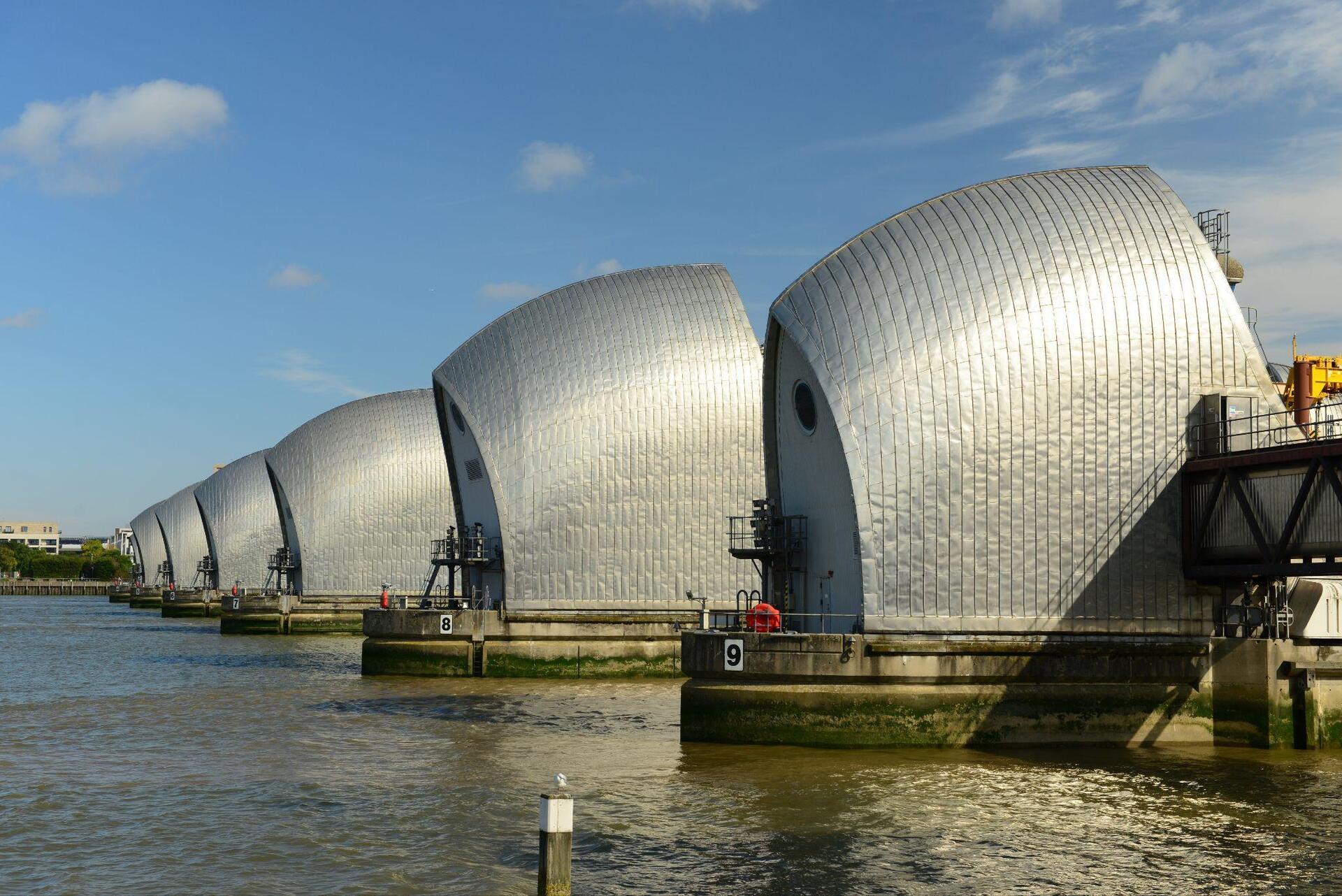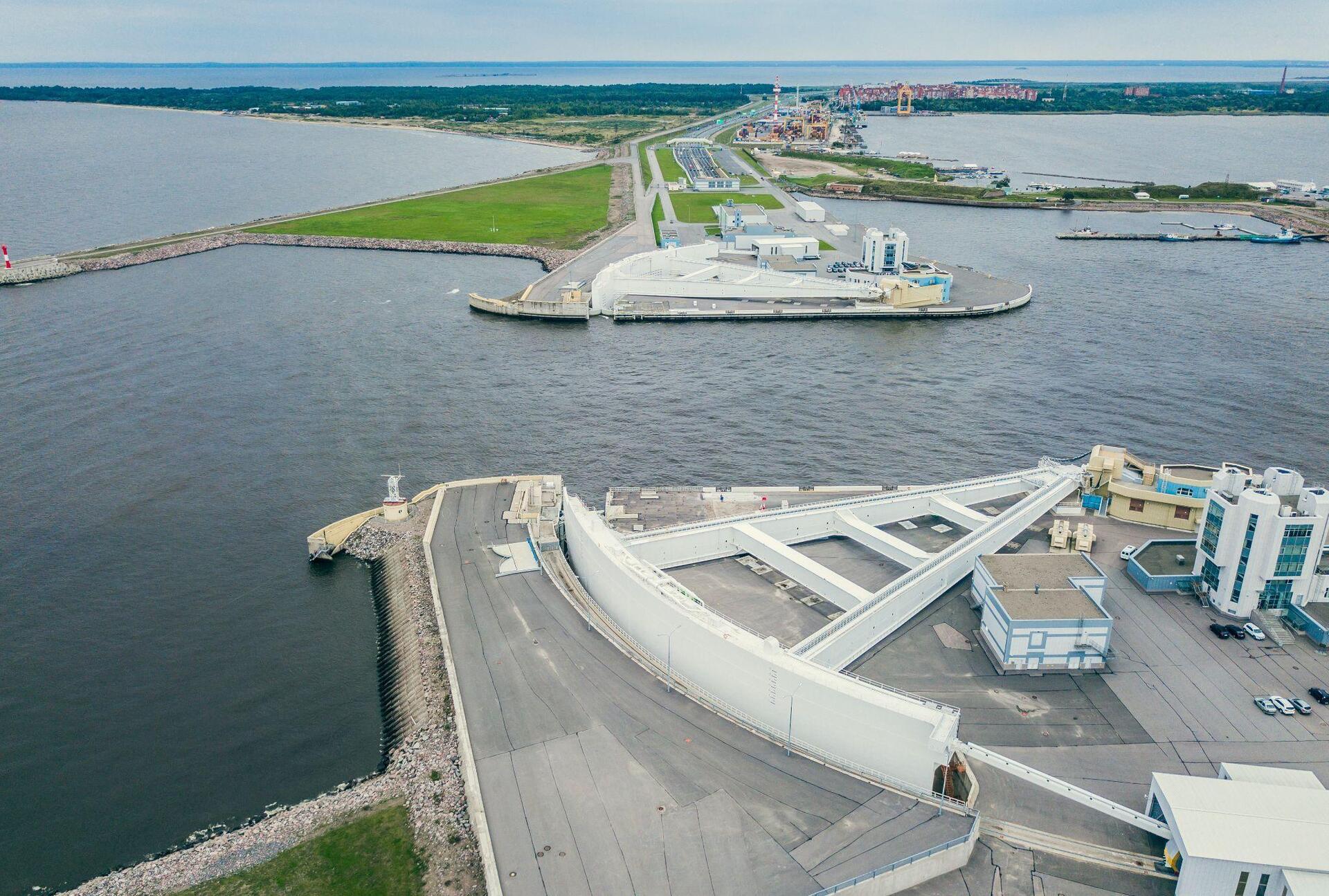Numerous cities around the world are particularly vulnerable to extreme natural phenomena. Hurricanes, droughts, and floods put entire inhabited areas at serious risk.
In this context, sustainable infrastructures, designed to mitigate the effects of natural disasters, play a crucial role in protecting cities and human lives.
1 – Kansas City’s Levees Flood Risk Reduction Project (USA)
Through its U.S. subsidiary Lane, Webuild has launched the “Kansas City’s Levees Flood Risk Reduction Project”: a $258 million project aimed at raising more than 27 kilometers of levees along the Kansas River by 1.2 meters. It is designed to protect over 27,000 residents and 2,700 businesses.
The initiative is part of the Group’s global strategy focused on infrastructure that enhances environmental resilience, particularly within sustainable water management.
With this project, Webuild reaffirms its global leadership in water treatment plants and water management solutions, promoting a vision of mobility that extends beyond transportation to include the fight against climate change.
2 – Lake Mead Hydraulic Tunnel (USA)
Webuild built the Lake Mead hydraulic tunnel, a record-setting underground structure over 4 kilometers long that draws fresh water from the bottom of the lake to ensure supply to Las Vegas even under conditions of extreme drought.
Excavated to a depth of about 200 meters beneath the rock and designed to withstand pressures of up to 15 bar, the tunnel stands as a testament to the Group’s engineering expertise in water management plants. In a region where water is a vital resource, this project represents a concrete step toward resilient and sustainable infrastructure.
3 – Thames Barrier (London, UK)
The iconic Thames Barrier, deployed on the River Thames east of London, defends more than 1.4 million people and hundreds of billions of pounds’ worth of assets from rising tides and ocean storms.
Operational since 1982, the London barrier features ten massive steel gates that rise like a wall of water, providing flood protection.
As part of the “Thames Estuary 2100 Plan,” this resilient infrastructure not only addresses present-day challenges but also anticipates the future impacts of climate change and the gradual rise in sea levels.
4 – St. Petersburg Flood Protection Barrier System (Russia)
At the gates of St. Petersburg stretches the majestic 25-kilometer-long dam. Built to protect the city from storm surges coming from the Gulf of Finland, it serves as an artery that combines a flood barrier with a vital road link.
Fully operational since 2011 after decades of construction, the structure has prevented further floods and saved lives.
Set within an urban context that is both fragile and historically prone to flooding, the project stands as a tangible example of infrastructure resilience that also seeks to improve the environmental quality of the basin’s waters.
5 – The Big U (New York City, USA)
After the devastation caused by Hurricane Sandy in 2012, New York launched “The Big U” project, a $335 million coastal protection system that wraps around Manhattan with a U-shaped landscaped barrier.
This solution aims to combine flood defense, accessible urban architecture, and design integrated into the neighborhood. Gentle slopes, urban furnishings, and recreational areas double as flood prevention features.
The idea is to create not just sustainable infrastructure, but a new way of living in the city, where protection and urban quality coexist.






